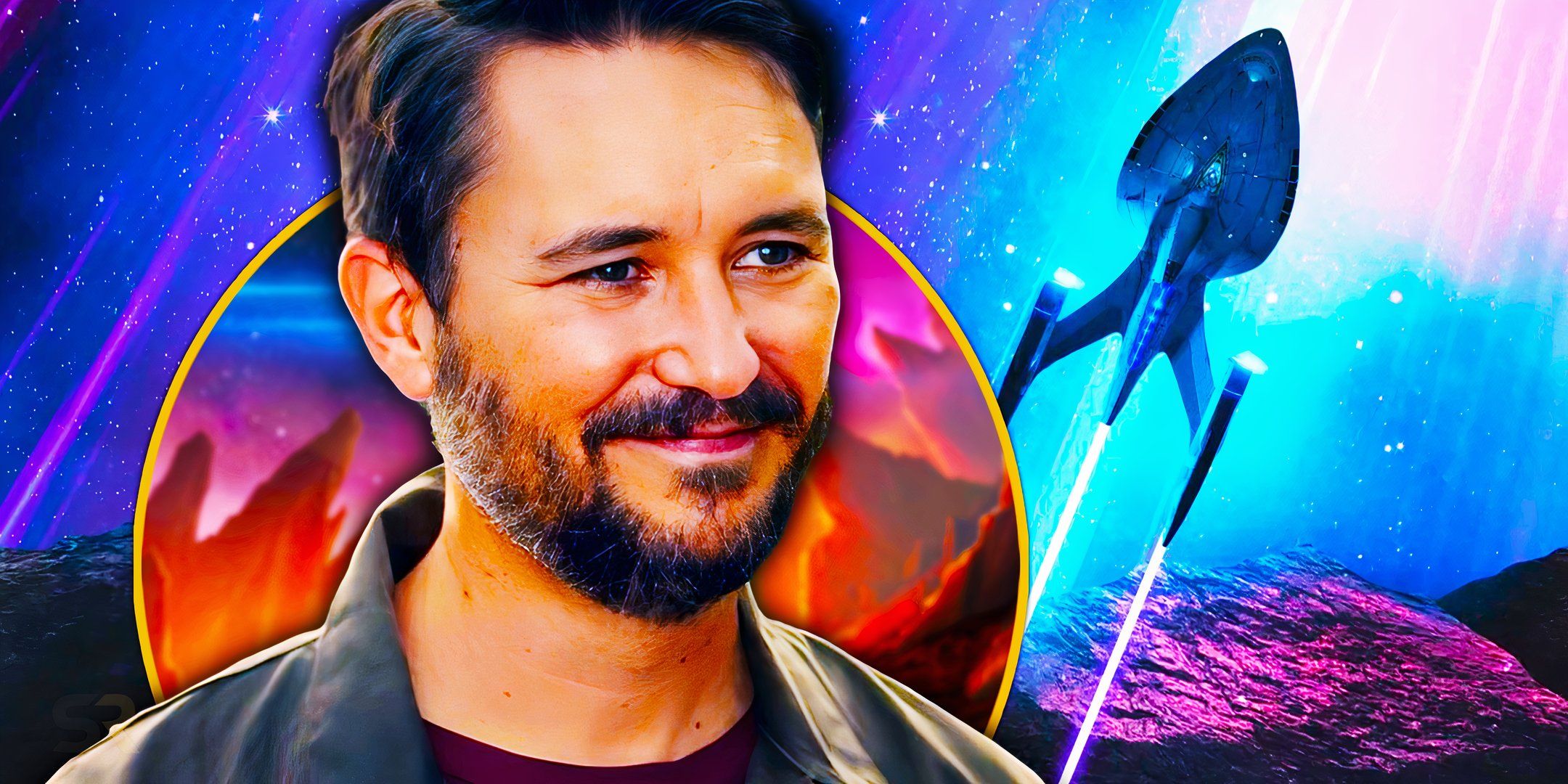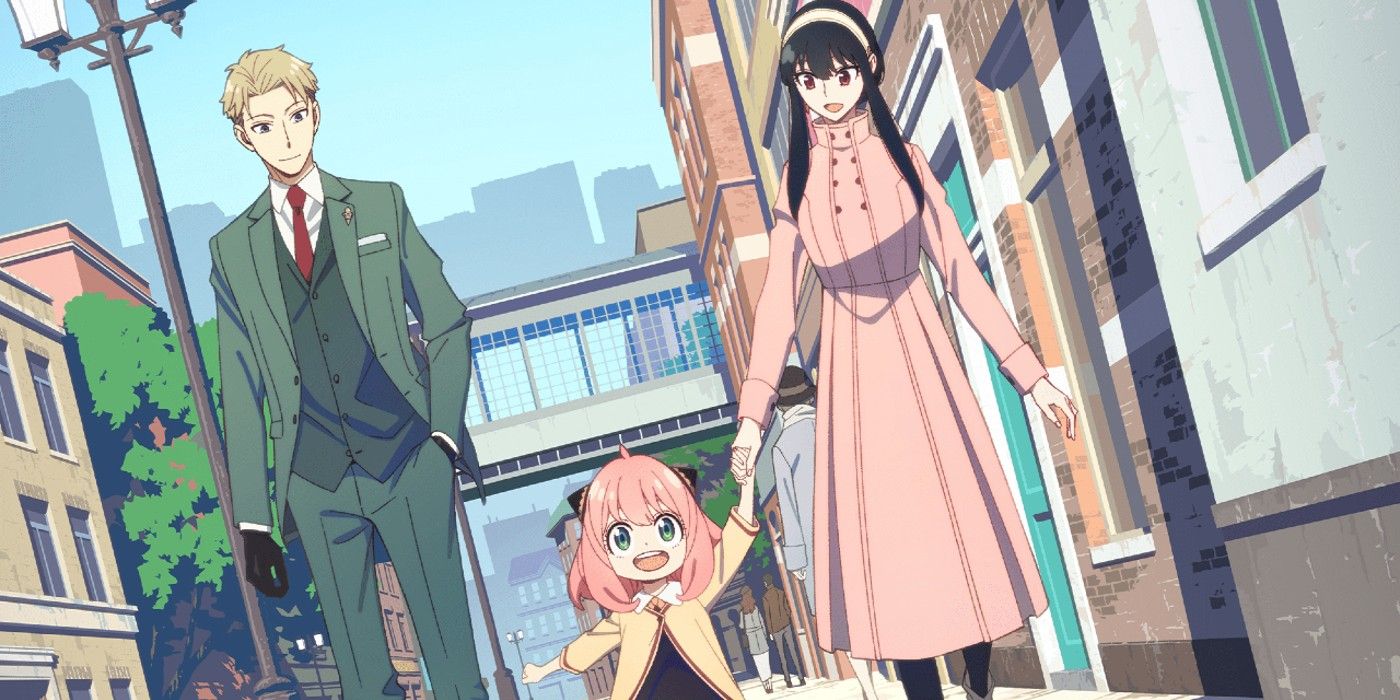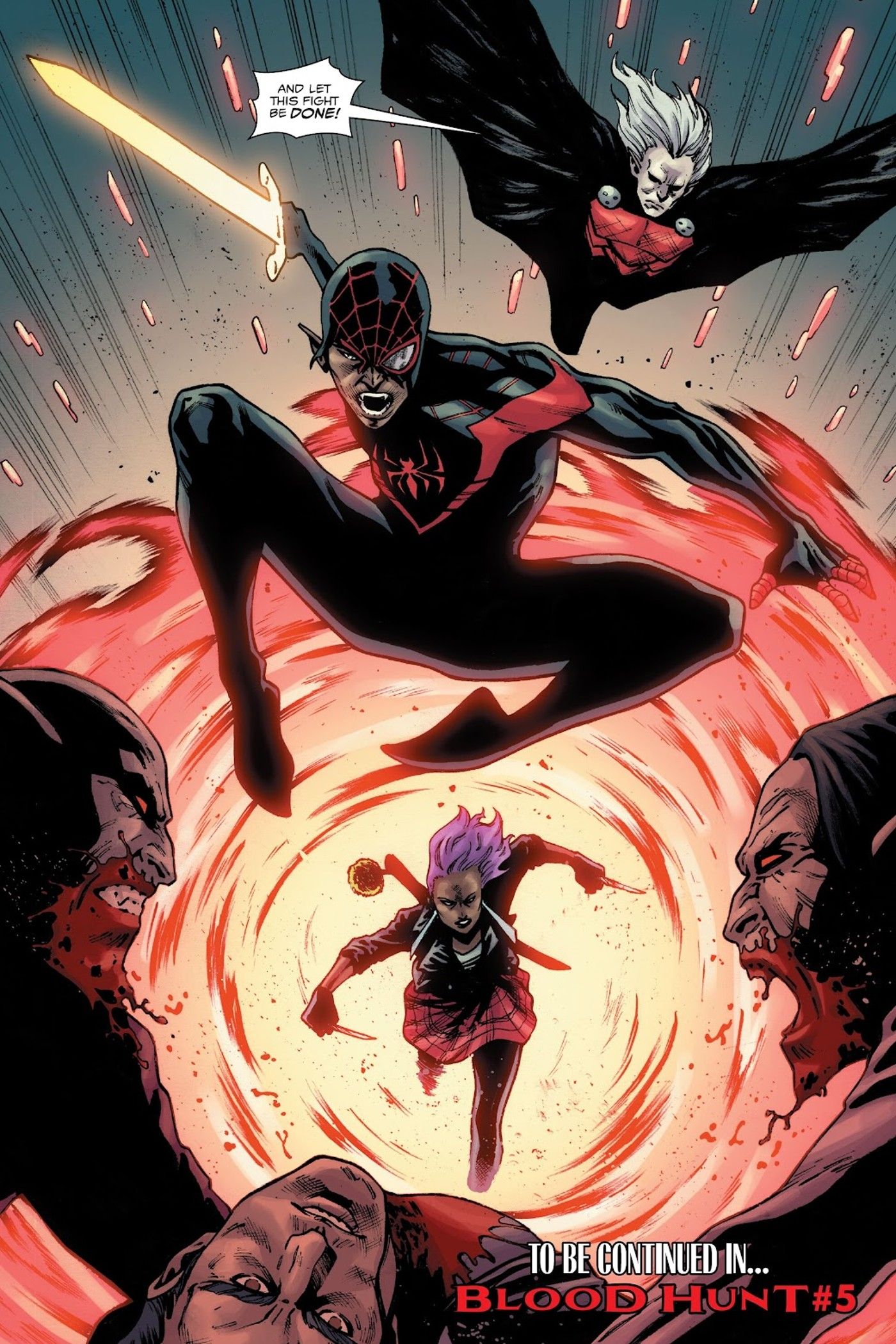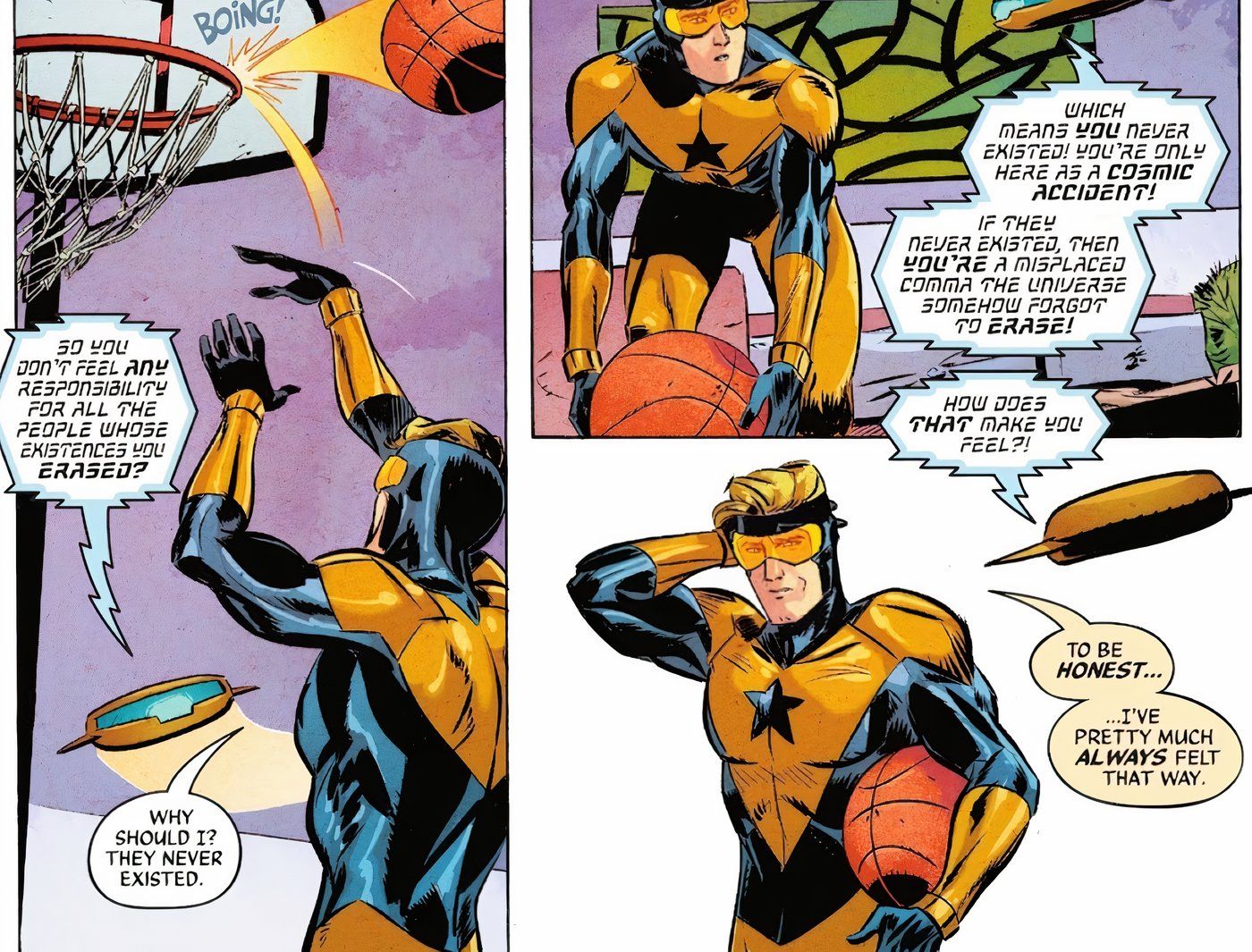The stakes are at an all-time high for Keanu Reeves in John Wick: Chapter 4. The latest installment in the hit action franchise sees the eponymous assassin finally finding a way to escape The High Table by dueling the Marquis du Gramont while also having to contend with the various hitmen Bill Skarsgård’s villain sends after him.
Alongside Reeves and Skarsgård, John Wick: Chapter 4‘s ensemble cast included Ian McShane, Donnie Yen, Shamier Anderson, Lance Reddick, Laurence Fishburne, Rina Sawayama, Clancy Brown and Hiroyuki Sanada. Boasting the franchise’s biggest budget and runtime to date, the movie proved to be the most epic installment yet with some of its most stylish set pieces yet and potentially sending the eponymous character off in an emotional fashion.
In honor of the movie’s Oscars campaign, Screen Rant interviewed cinematographer Dan Laustsen to discuss John Wick: Chapter 4, his collaboration with director Chad Stahelski, and the creation of some of the movie’s most iconic sequences, including the Hotline Miami-inspired set piece. Editor’s Note: This interview has been edited for length and clarity.
Dan Laustsen Talks John Wick: Chapter 4
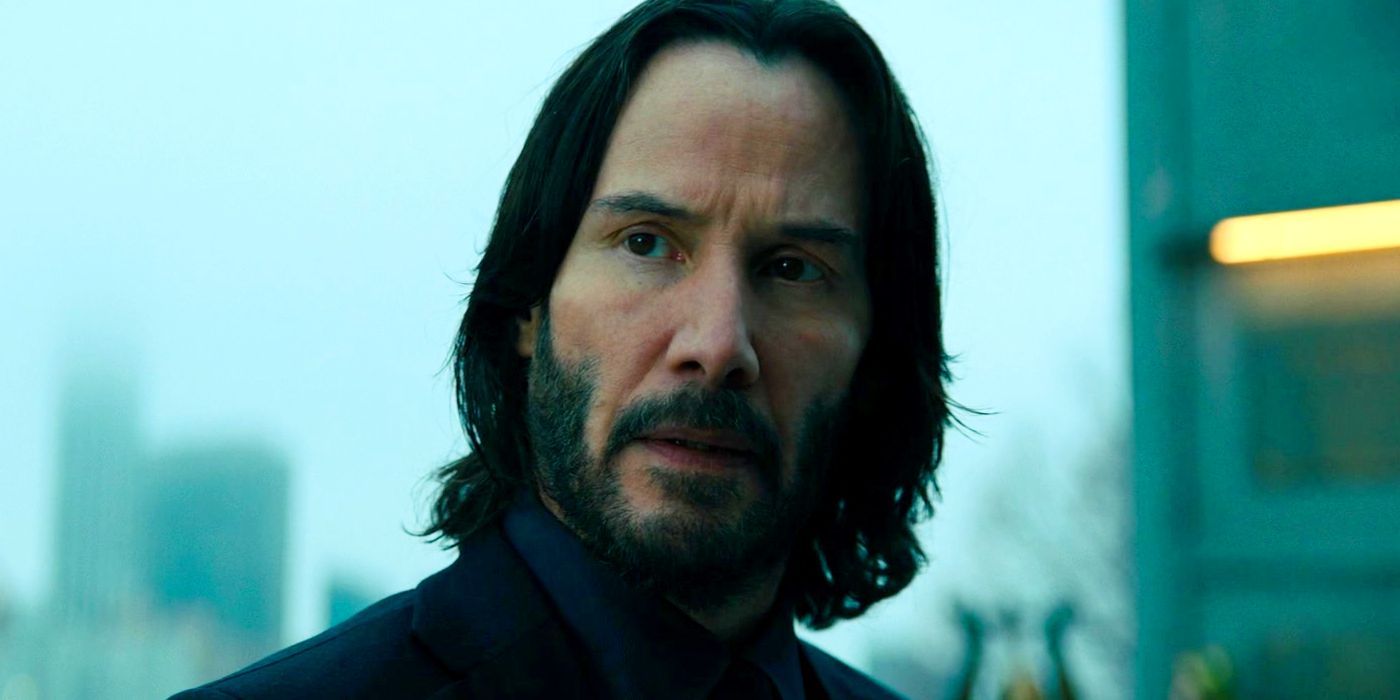
Screen Rant: Well, Dan, I gotta say, I’m a huge fan of the John Wick franchise, as well as a big admirer of your work, so to get a chance to chat with you about John Wick: Chapter 4 is such a treat. It’s amazing to think how far the franchise has come since starting with the original movie, I know you came on board with Chapter 2, but regardless, how does it feel for you looking back on the legacy that you, Chad, Keanu and everybody has created thus far?
Dan Laustsen: Oh, it’s fantastic, because the first time I heard about John Wick, Chad called me and said, “Can you come to New York for an interview.” I had no idea what John Wick was, I had to try to find John Wick in a store here in Denmark. So, I did that, and I saw it and was like, “Oh, that’s really very well done, guys.” So I went to New York and spoke to Chad, and I think he just had seen the trailer for Crimson Peak with Guillermo, and he said, “I want to do a very colorful movie, I wanted to have an action movie look like a Bertolucci movie.” For me, it was like, “Oh, that’s pretty cool, let’s do that.”
So, that was easy, and of course, then you have to start to change some stuff. He doesn’t want to feel number 1 into number 2, he wants to change everything. I think that was the same for 2, 3 and 4, and that was a big discussion. We just talked about number 4, because number 3, it was pretty cool, I think. Shot it in New York, it looks good, a lot of good action, and then we talked about, “How can we bring everything further?”
We changed the camera, we changed the lenses, we changed the whole color palette, much more saturated. We tried to move the lights much more, we tried to make it much more like a ballet, because the choreography and the stunt is so well [executed], and Keanu is so good, too. We could shoot much wider than we did on number 3, so everything is done much wider, much more colorful. I think the way we are moving the cameras works really well for the action here.
Now, I’m curious if in finding a way to deliver that ballet, like you were saying, feel to it along with the highly saturated colors, did you find that to be a challenge to balance ensuring that the fights were visually recognizable, while also trying to capture that stylistic ambition that Chad had for it?
Dan Laustsen: Yeah. Of course, you want to see the stunt, and again, they’re so good to do the stunts that we could go much wider. The color palette was giving this power into these different locations, which is not realistic, it’s just like a fantasy. A lot of that is very inspired from paintings, because we went to Japan for a scout — Keanu, Chad and myself — and we talked a lot about where and how could you do that, because we didn’t want to go into a realistic world. Some of the stuff in Paris is a little bit more realistic, but especially the stuff in Berlin and the nightclubs is very organic and dynamic, I would say, because it feels so ripe for these five sequences. The whole palette when Skarsgård is on, we have this very golden light on him all the time, and then we are coming into the fights, it’s getting much more green, purple and more to the red side, green and red, and a lot of steel blue. It was like this palette about try to make Skarsgård in one light palette, and then the other one’s going much more like green and rusty Amber.
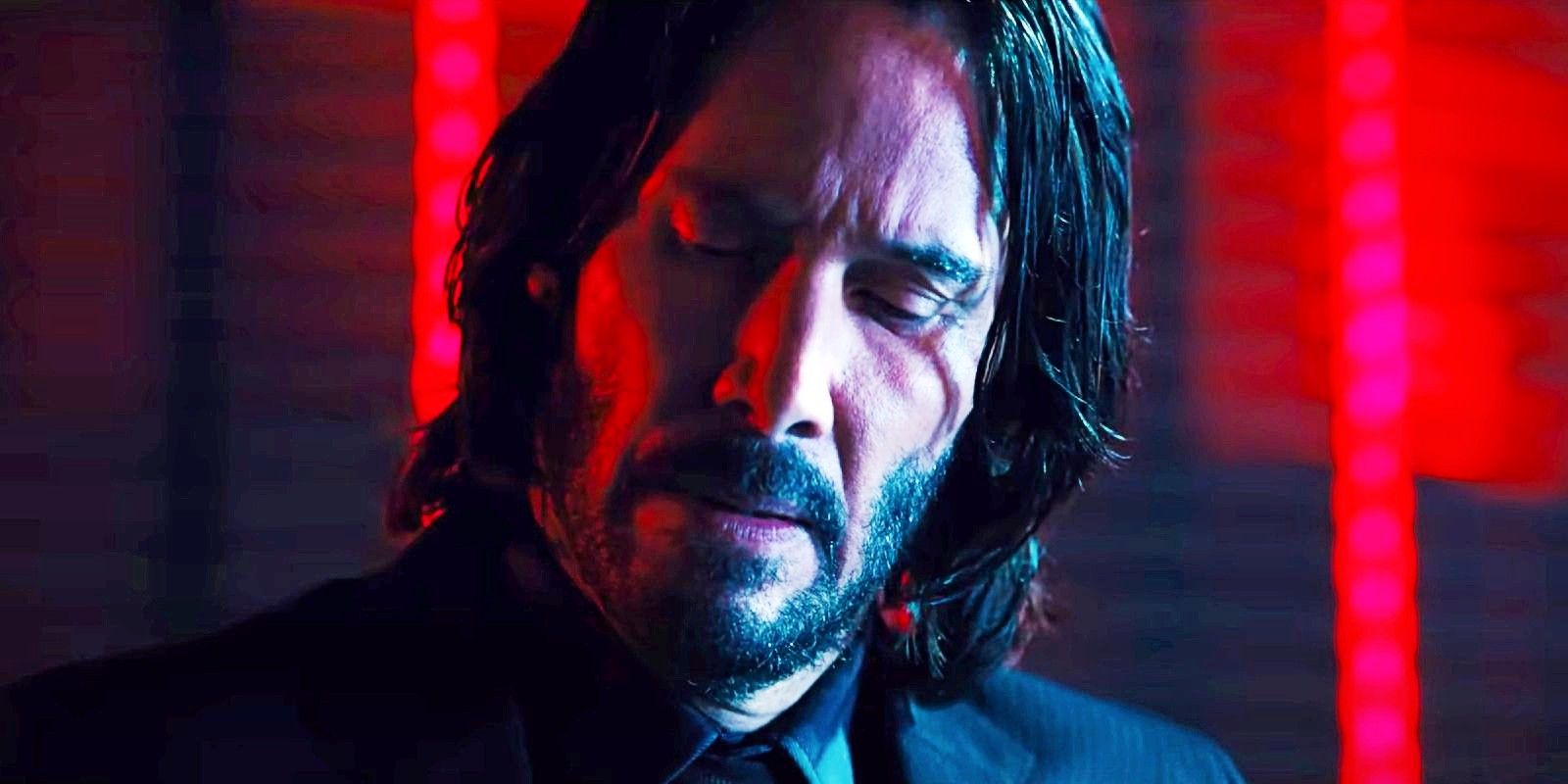
Now I’d love to hear about whose idea it was for the color palette, because I feel like each character in Chapter 4 has their own specific color attached to them, whether it be the Japanese Continental with the red, or Killa with the blue in the nightclub, the Russian mob with the orange, whose idea was it to really separate each location with a different color?
Dan Laustsen: I think it’s everybody’s. We were just talking about it, it’s teamwork. We talked about the look of the movie, of course, and then finding the locations, and then talking about how should the color palette be. It’s a collaboration between Chad, dec design, and myself, it’s a teamwork. Of course, we have a lot of reference in the beginning, a lot of stills from all over the world, you know, “This looks good, this looks good,” and we just used that as inspiration. But the color palette was coming together when we found our locations.
Of course, we were pretty clear about when Skarsgård was there, every time he’s in, we have this sunset, except when he’s sitting with the Eiffel Tower [in the backround], where it’s like blue lights, we had single-source lighting, a lot of negative feel, because it was a day sequence, and we wanted to have that single-source lighting on Keanu. So, we had to do that scene, but the color palette is teamwork with everybody, with the creative team, head of departments, and I think that is the beauty of making those movies. It’s not like “me or them,” we talk about this together, and we have these ideas about how it should look, everybody’s blending in there. And, again, when we find our locations, we decide how it should look.
Well, the the collaborative process then comes across so well, because it is such a beautiful-looking film with all those different colors. In regards to your discussion on locations, was there any one, whether it was when you were scouting or when you saw the script from Chad, that you were the most excited to get to shoot through and prep for?
Dan Laustsen: I think all locations were a big challenge, but the biggest one was the end sequence on Sacré-Cœur. We shot that at night [even though] it actually looks like the sunrise is coming up. We did that 100% artificial, we shot in the nighttime, we lit it so it looks like daytime, because we could not control the sunrise, so that’s some big lies in the crane, and I’ve never done that on such a big location. So, for me personally, it was a little bit like, “How are we going to do that?”
But again, with teamwork with a lot of my gaffers and grips, and all, it’s a teamwork. And, of course, Chad was behind that, but there was a Skarsgård scene that had to be at sunrise, and that’s the end of the movie, so there was no doubt about it. We had to do it on location, because we want to see Sacré-Cœur for real, and then I just said, “Let’s do it night for day.” Everybody said, “You’re crazy,” and maybe I was, but it works really well. Of course, we changed the background and all that, but the light of the sunrise is made for real, so it was great.
I love that scene, and one of my favorite shots in that scene that I’d love to hear about from you is the shot of Keanu in the middle of the duel when he’s looking right towards the camera, and you see the sunrise right behind him, it’s such a powerful hero moment for him, it almost feels like a better send off than him falling down the stairs. When you were shooting that sequence, what was going through your mind knowing that you had helped this character along this journey for the past few films?
Dan Laustsen: For me, it’s just I want to support the movie, I want to do it as good as I can. I don’t think about me at all, I’m just thinking about the movie, how we can manage to do that scene, so it looks right. I’m a team player, it’s not like, “Oh, I did it, da, da, da,” just like we did this together. We did a great movie, and it’s that point. You’re shooting that in the middle of the night, you have some backlight, and you’re going to put, of course, the sun in there. It’s a lot of imagination, what it’s going to look like in the end, and I think that is one of the challenges to have these ideas, and it looks great in the end. It is great.
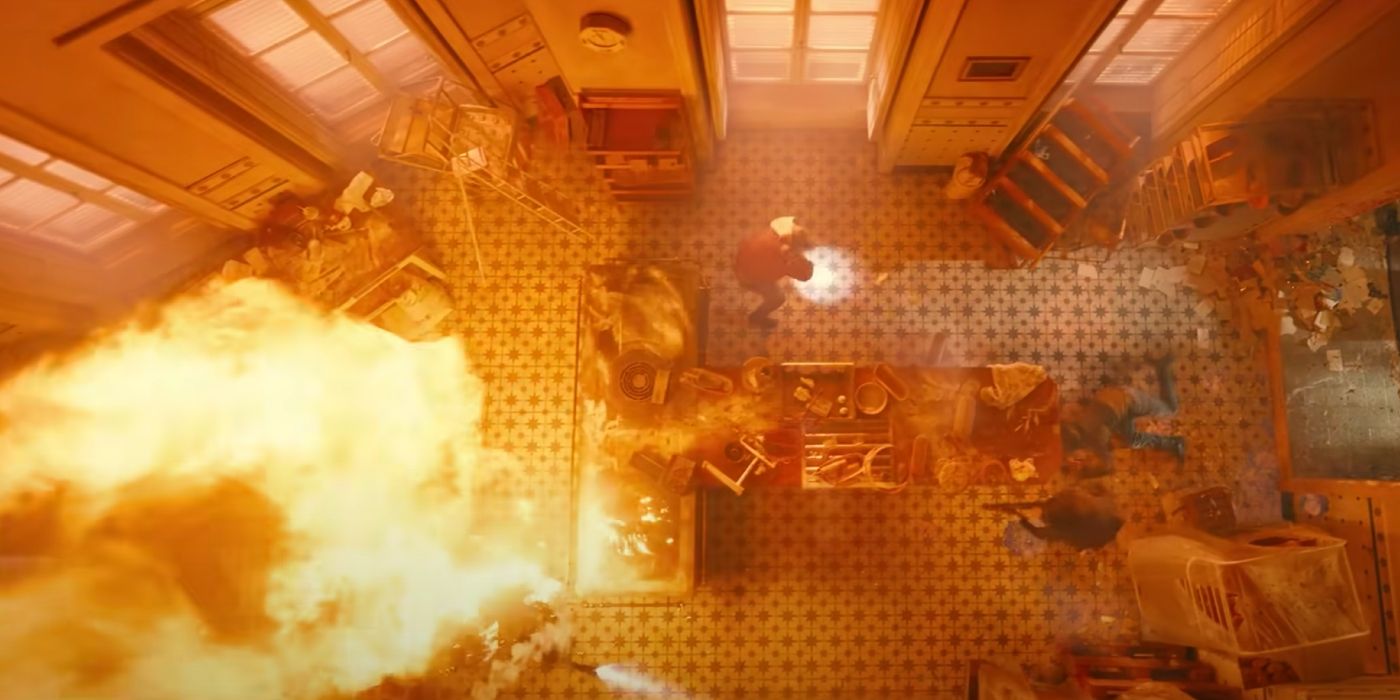
One of my favorite sequences in this movie, too, is one that I loved hearing Chad pull inspiration from, was the Hotline Miami-like sequence of shooting top down as John runs through that abandoned building, taking everybody out with the fire shotgun. Can you walk me through some of the technical challenges of helping reach Chad’s ambitions for how insane that sequence was?
Dan Laustsen: Yeah, the biggest challenge was he wants to have a very, very big apartment, so we built it in the studio and the studio was too small. We didn’t have space outside the window, so that was the biggest challenge. And, of course, the choreography with the fights and the camera has to be synchronized, and the lights as well. Those three things, the cue from the light has to follow the camera and the actor, it’s like a triangle, where everybody has to follow it all. But, again, Keanu is so precise, so it’s not a big deal, because he’s rehearsing it three or four or five times. We did a walkthrough, moved the camera in a spider-cam, and then we walked away.
And the stunt people were doing a lot of rehearsals, of course, and we came back in the weekend to do the pre-light. And then we decided how, in the end, precise of where should the cues be, because we can change the lighting cue, of course, so that it was correct compared to the action. But the biggest challenge was there was no space, it was a huge apartment in a big studio, but that was too small. But, again, the choreography between the camera, the lighting cue, and the actors, of course, has to be correct and precise, like a ballet. They have to be there when the light is coming on, or the light has to come on with the lines following the actors.
So, with that extensive rehearsal period, and coordination with one another, how many takes did it take to get the final version of it? Was it a small amount, or did it take quite a few to try and get?
Dan Laustsen: It wasn’t like phenomenal. I don’t remember, but it was not like you did six takes, I think it was 10 or something like that. Maybe less, actually, because it’s so tough for the actors to do that, so you cannot keep going and going and going. You have to be prepared for take No. 3 to be, or maybe No. 1, perfect, because it’s so tough. Keanu Reeves is not a young kid anymore, but he’s fantastic, so everybody has to be prepared to do the first take perfect. I think everyone knows that, the whole technical crew is so much on the beat, because when Keanu’s running out of speed, you cannot always do it again, because the camera f—ed it up, or whatever. It was not a lot of takes, there’s never a lot of takes, it’s so tough for him to do it, and he’s doing it so great, so you better be ready.
That’s incredible, that shows the dedication that Keanu and everybody else has on this team. Now one of the things, too, that’s really cool about that sequence is his weapon that creates these very fiery shots and the occasional explosion. That, of course, can factor into the lighting of the scene and the feel of it. How much of that was done practically on the set versus how much of that was done in post, and how did you keep that in mind while shooting it.
Dan Laustsen: The explosion was at the set, but they’re making it bigger in the visual effects, but the interactive lighting is coming from the guns, and coming from the fires. Because the gun was so big, we had some interactive lights filling into the rooms, and all that is important for visual effects people to work on that. But, all the practical lighting is done in camera. Of course, [the full] explosion, and shooting and muzzle flash, all that is done in post, because it’s so dangerous, so you don’t want to hurt anyone. But all the lights that are coming in and out, and the light that’s moving is done practical, so we try to do as much practical as we can, because we think it’s the best way to do it.
That’s the best way to do it. Another sequence I wanted to highlight was the Arc de Triomphe sequence, which is such a fast-paced sequence, cars whizzing by and everything. Obviously, you can’t have that level of practicality there.
Dan Laustsen: Yeah, it’s 100% the opposite. [Laughs]
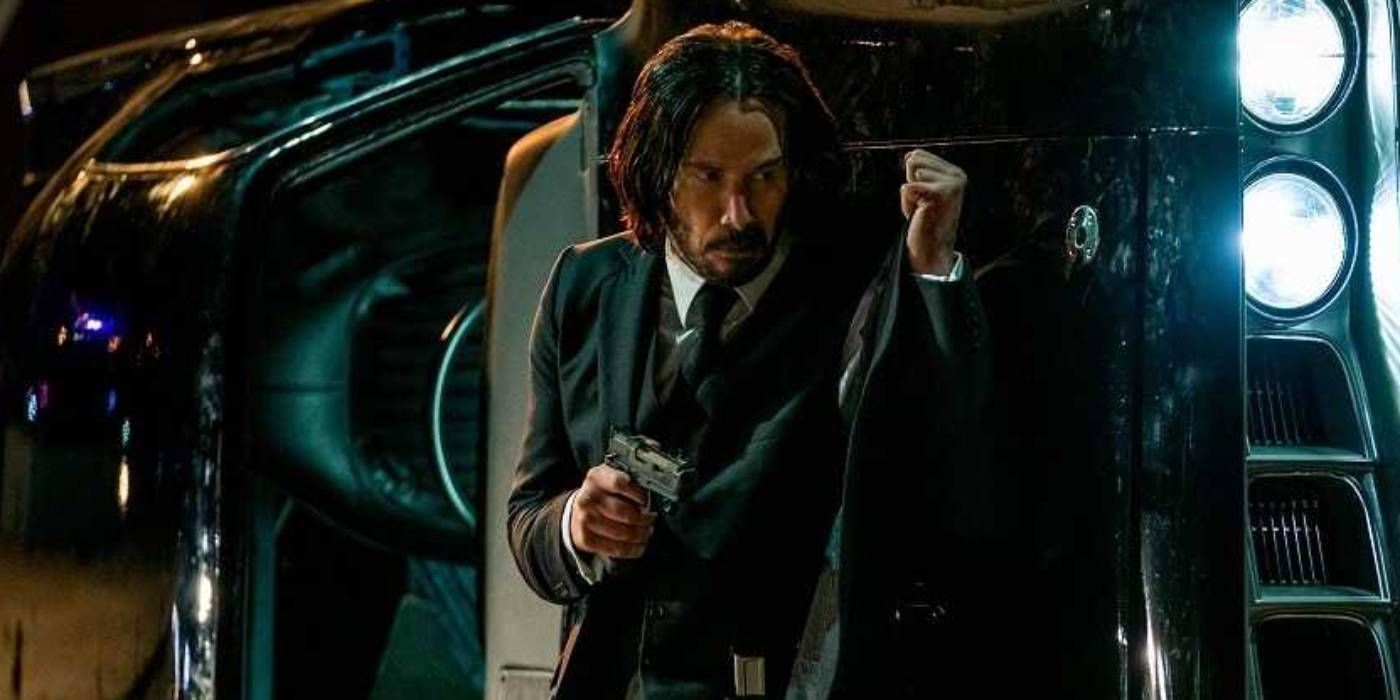
What were some of the challenges of that in working with the other teams to really ensure that the lighting and the mood felt like there were a million cars whizzing by, and still capturing all of the action that’s happening in the midst of it?
Dan Laustsen: We shot that on airfield in Berlin, and, of course, there’s a lot of cranes, a lot of lights, we can change in colors and direction, all of that. Then, there’s a lot of interactive lighting, as well, light from cars, [like] the headlights. It’s very low practical, but you know, when the car is passing, you just have to hit Keanu with a [padded cane], or something like that, to feel we have a car, but everything was shot against black, and then visual effects people were putting Paris in there. I’ve been to Paris so many times, but we were scouting, “How does it look, how dark is it?” because the Arc de Triomphe is a very, very dark area. But we didn’t want to do that, we want to see Keanu, so cheating a little bit, because you want to feel you’re there, but you just have to see Keanu. I think that was the challenge, but everything was rotoscoped, and very, very little green screen, because it was so big. It’d have to be 300-feet high, so it was a rotoscoping job. And, of course, it was totally the opposite, we did the lighting, and the action in the camera, but the rest is visual effects. They did a really, really good job there, it looks great.
It really does. So, with your background, you have a nice blend of VFX-heavy projects, like Crimson Peak, as well as more grounded efforts like the John Wick franchise. Do you ever feel like you gravitate towards one or the other when it comes to projects?
Dan Laustsen: For me, the director is the most important thing, I just want to work together with the directors. Of course, I want to do some cool stories, but the director’s take on how he wants to do his movies, her movies, it’s very important for me. Because it’s so much teamwork, you need to be a part of that from day number one, you need to help the director to tell the story as much as they can, you just have to find the right way to do it. Of course, that’s a lot of discussion. Normally, you just figure out what is the story, how he wants to do it, because there’s always a lot of different ways to do a movie.
The directors have had them moving ahead for a long, long time, I’m just coming in there and saying, “Hello.” But again, for me, it’s just like, “How does it have to look? What are we going to do? What are you thinking about?” And then I’m supporting that. But I think as much as you could do in the cameras, the thing feels better for actors, for everybody, it feels more real. Sometimes you’re working on a big VFX movie, and then you see it, and it’s like, “Wow, this is fantastic,” but I think doing as much in-camera as possible is old-fashioned, it’s great.
I couldn’t agree more. One other sequence I wanted to highlight from that perspective was John falling down those stairs leading up to the Sacré-Cœur. What was going through your mind when Chad and they approached you with this and trying to visualize how to piece this all together?
Dan Laustsen: It was a big, big lighting setup, because it’s like 500 steps. And it’s a very, very narrow area in Paris, on the one side you have a park, you cannot touch that at all, and then the other side you have big buildings, and there’s no space for condors, it’s a pretty tricky place to shoot. So, you have to go up to every single apartment and say, “Can we put a tin can there, can we go on to your balcony?”
So, practically, when I saw it first, I think, “This is great,” but then we start to pre-light, and I was like, “How are we going to do this?” Because it was so new, you know? When you’re doing this kind of stunt sequence, you have to follow the stairs, you have to turn around all the time, you cannot shoot down the whole night, and then the next night shoot up, because the stunt has to match, so you’re turning around a lot, and of course have to be fast and practical. So, it’s a lot of lights on balconies, and then, just do it.
About John Wick: Chapter 4
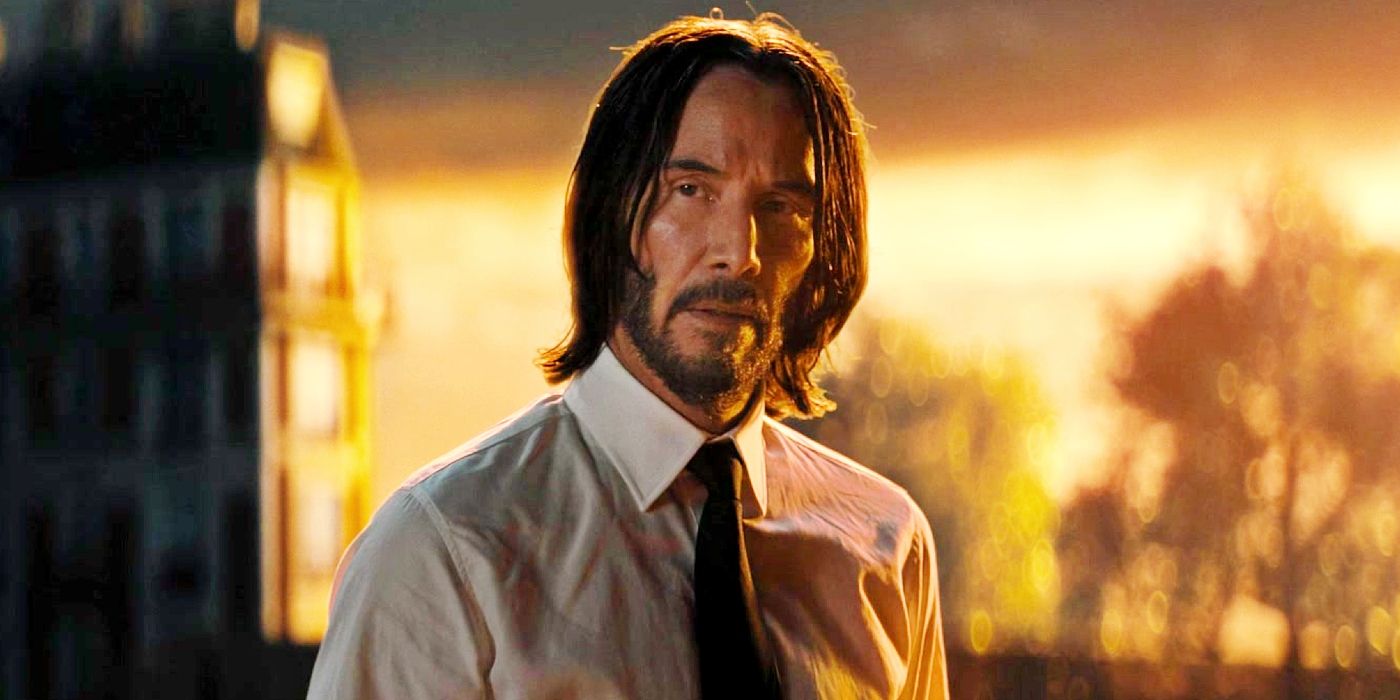
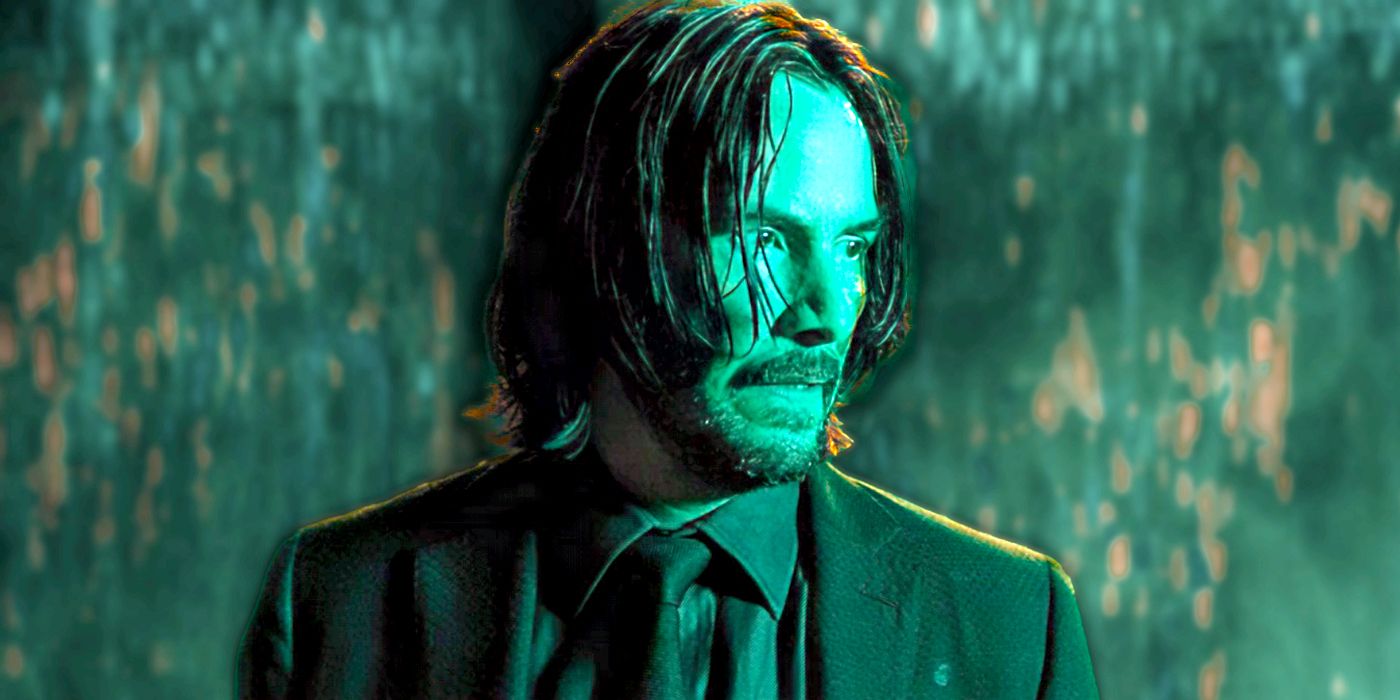
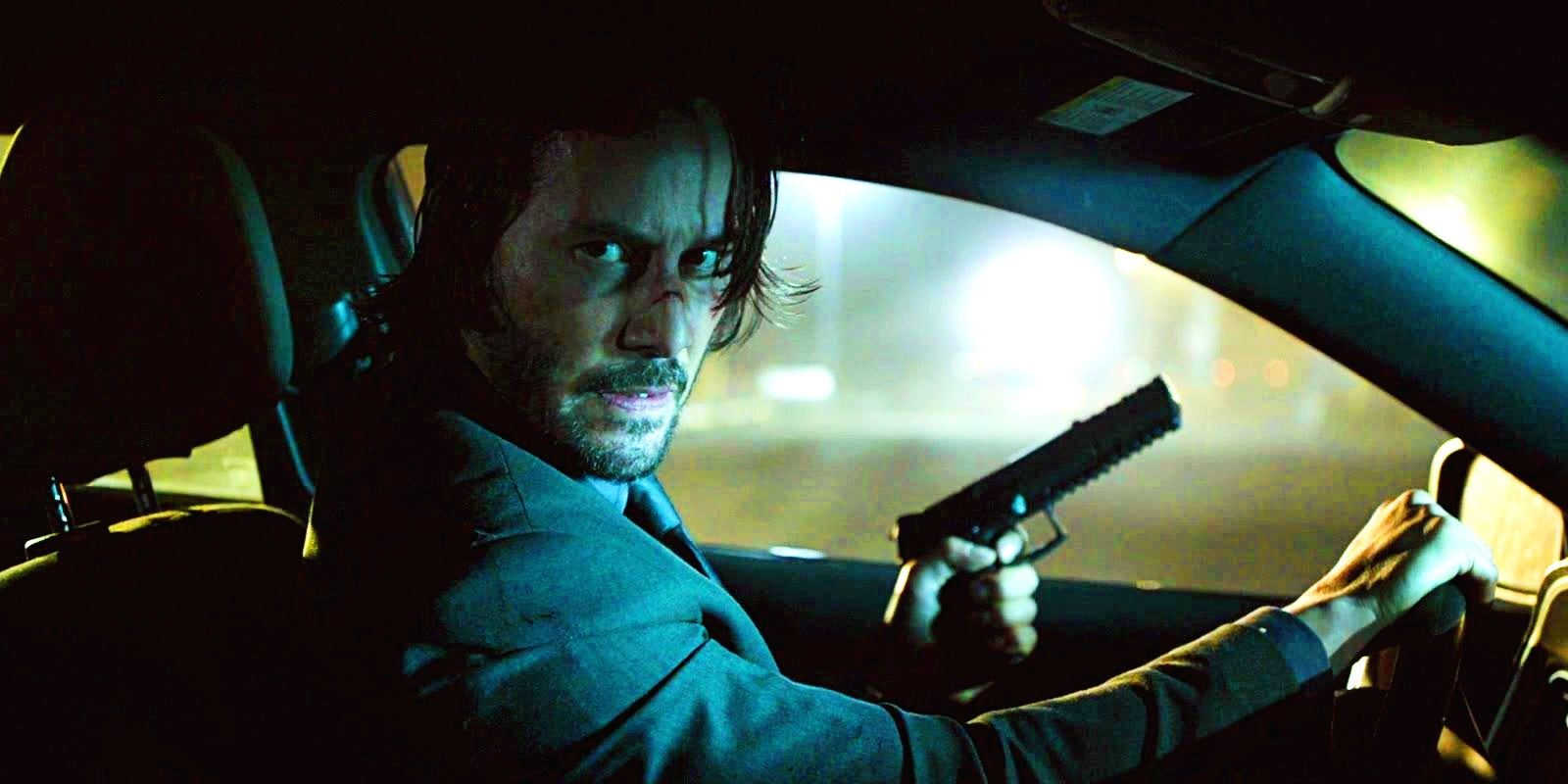
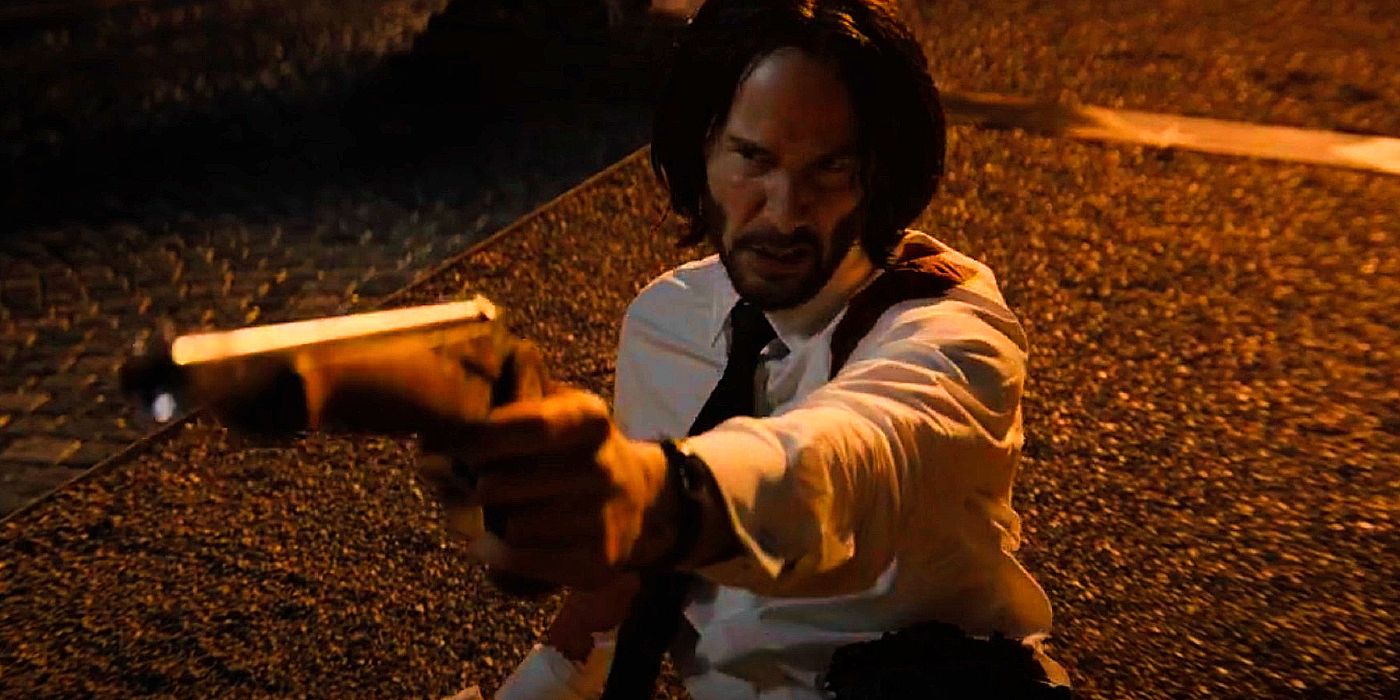
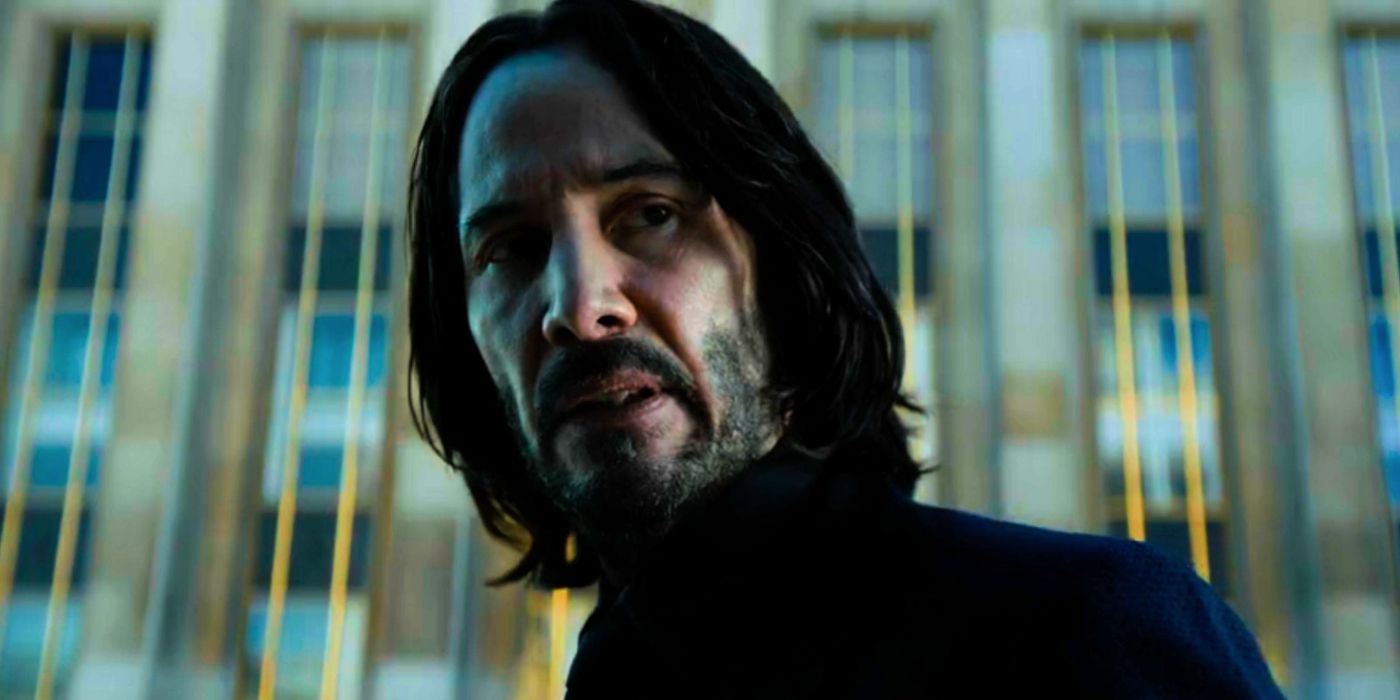
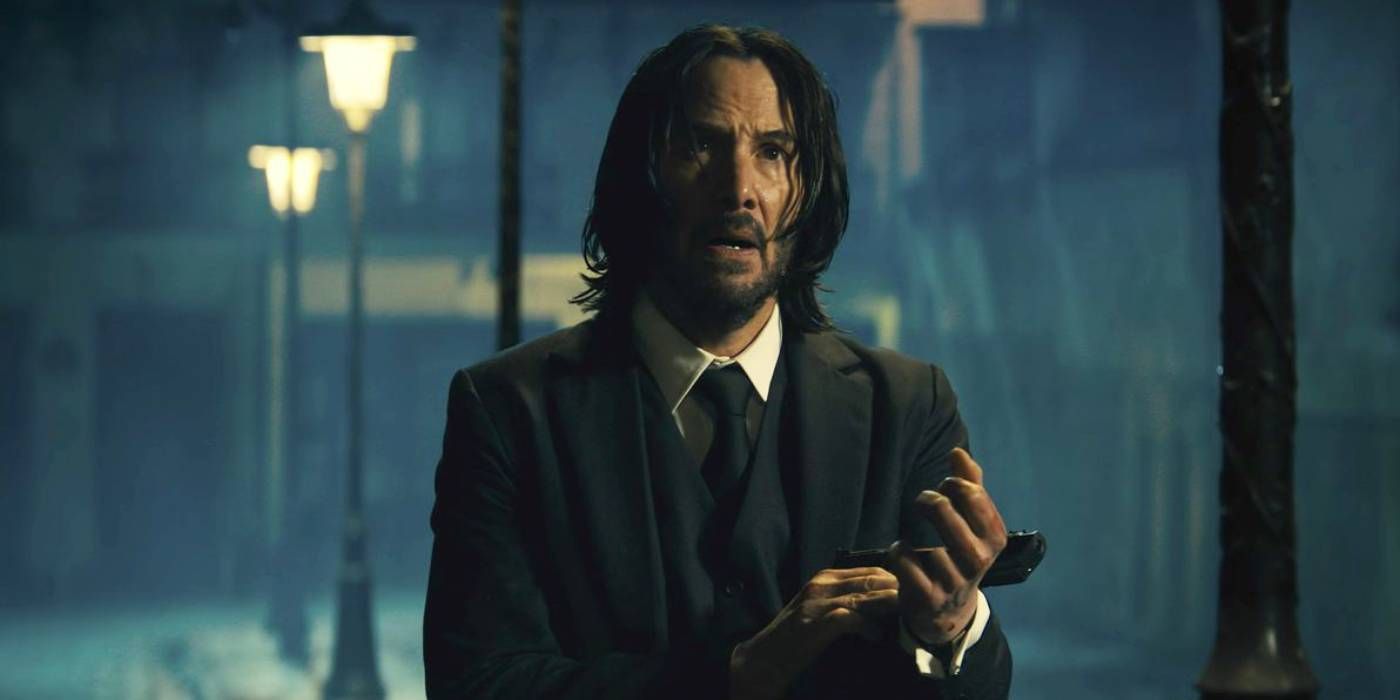

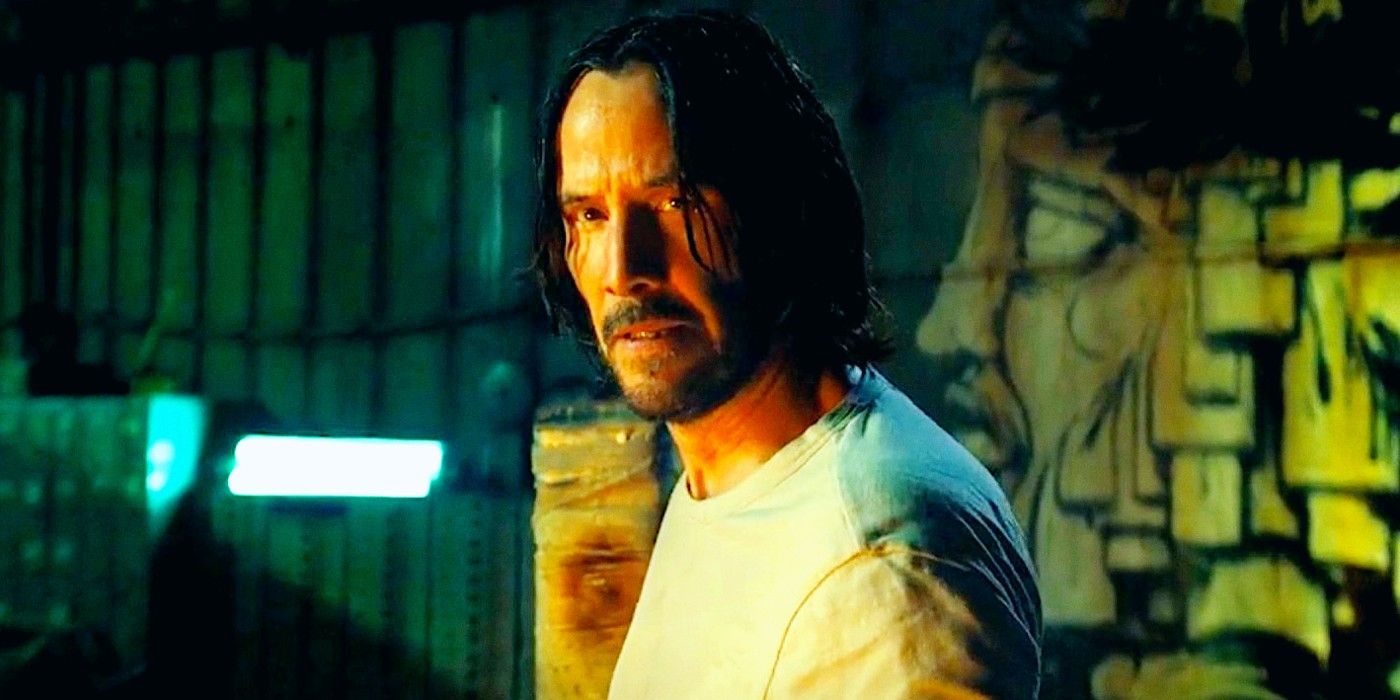
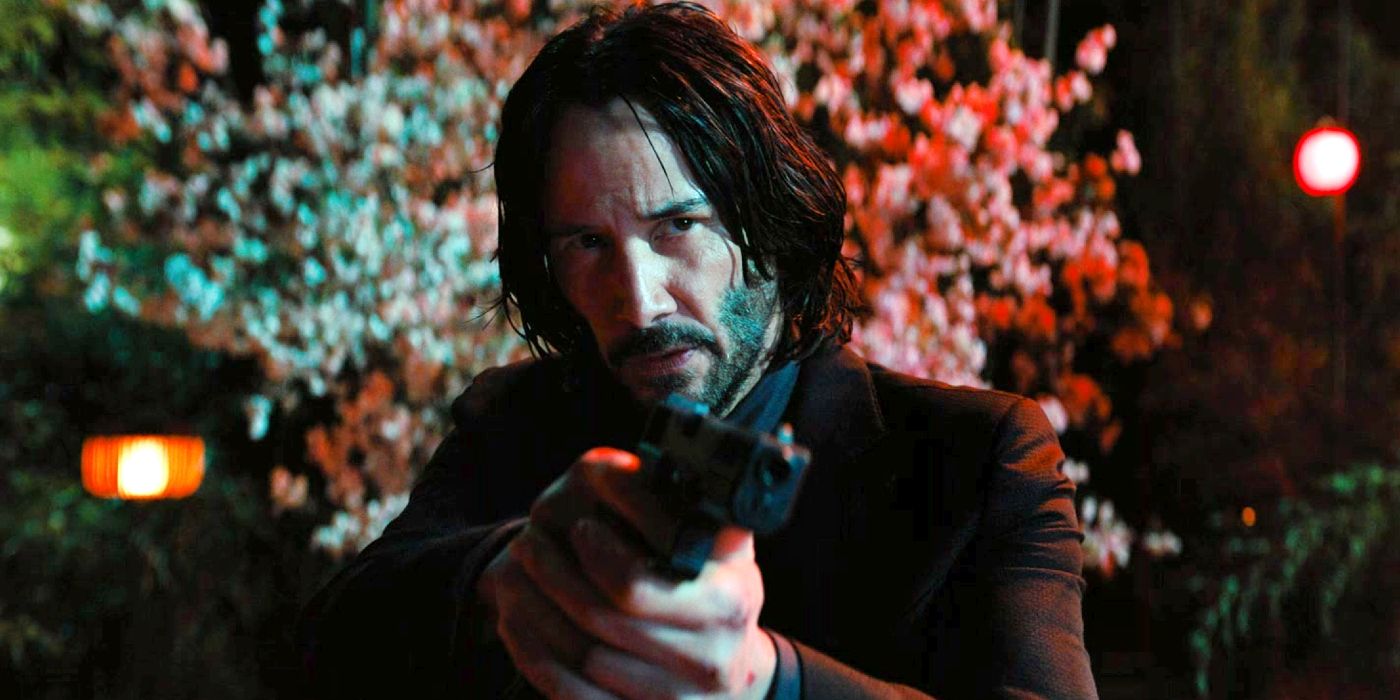


Following the events of Parabellum, John Wick has found a new path to defeating the High Table and is taking the fight to them. But before he can try to earn his freedom, a powerful new enemy will turn even more people against Wick, including one of his oldest and most dangerous friends.
Check out our other John Wick: Chapter 4 interviews here:
- Keanu Reeves
- Laurence Fishburne
- Chad Stahelski (Pre-Release)
- Ian McShane & Lance Reddick
- Scott Adkins
- Natalia Tena
- Writers Shay Hatten & Michael Finch
- Marko Zaror
- Stunt Coordinators Scott Rodgers & Steven Dunlevy
- Chad Stahelski (post-release)
- Basil Iwanyk
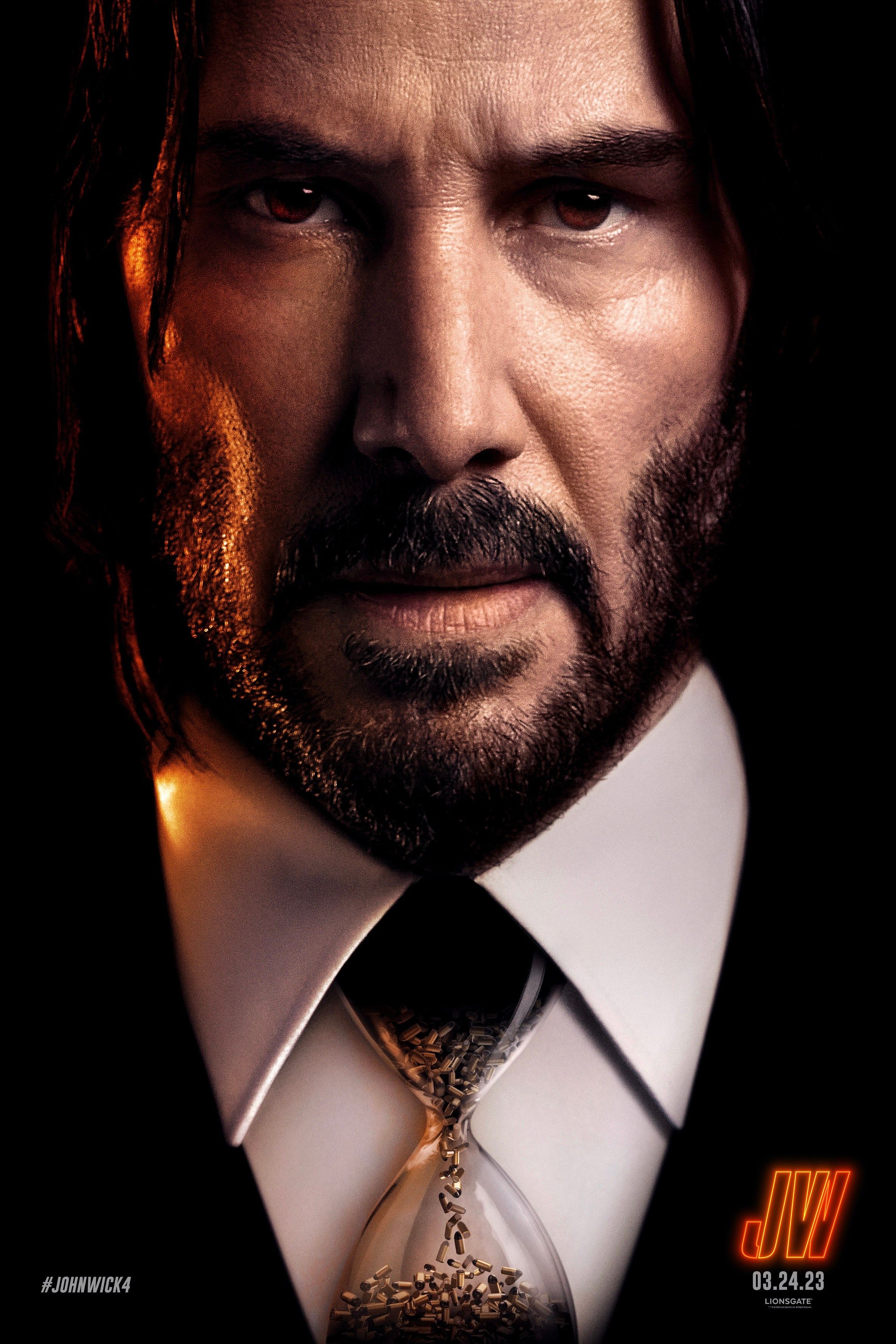
John Wick: Chapter 4
- Release Date:
- 2023-03-24
- Director:
- Chad Stahelski
- Cast:
- Hiroyuki Sanada, Clancy Brown, Scott Adkins, Keanu Reeves, Ian McShane, Bill Skarsgard, Laurence Fishburne, Rina Sawayama, Donnie Yen, Lance Reddick, Shamier Anderson
- Rating:
- R
- Runtime:
- 169 minutes
- Genres:
- Thriller, Crime, Action
- Writers:
- Shay Hatten, Michael Finch
- Distributor :
- Lionsgate
- Studio(s):
- Lionsgate
- prequel(s):
- John Wick, John Wick: Chapter 2, John Wick: Chapter 3 – Parabellum
- Franchise(s):
- John Wick

